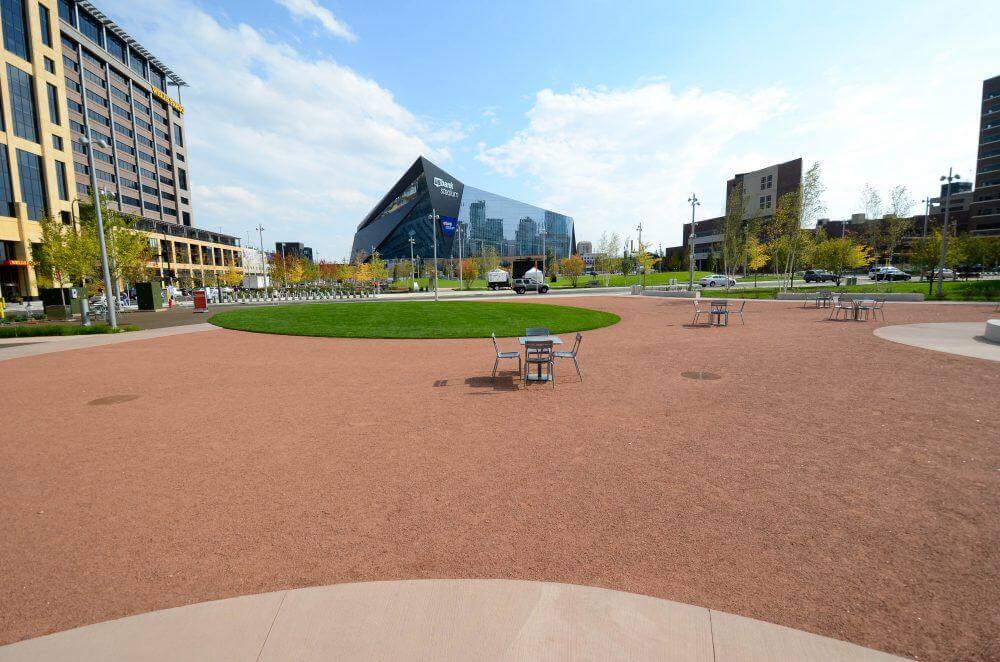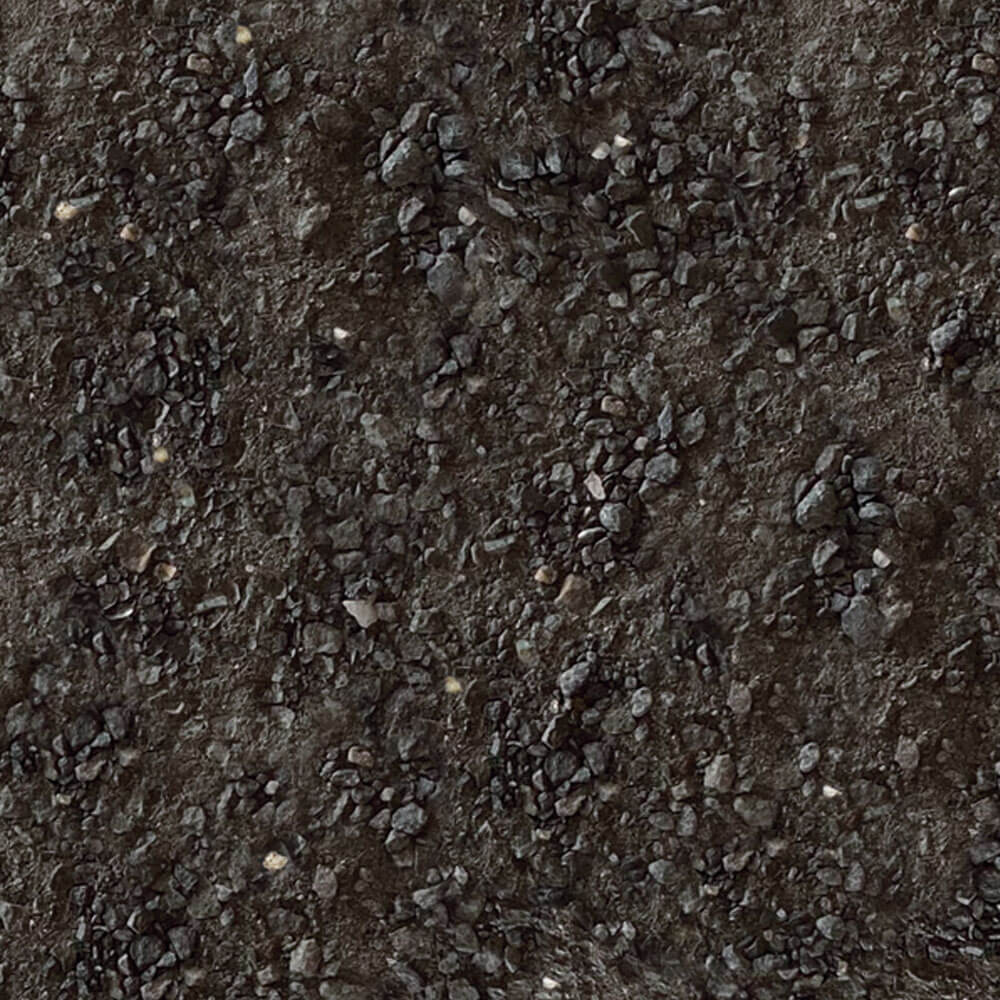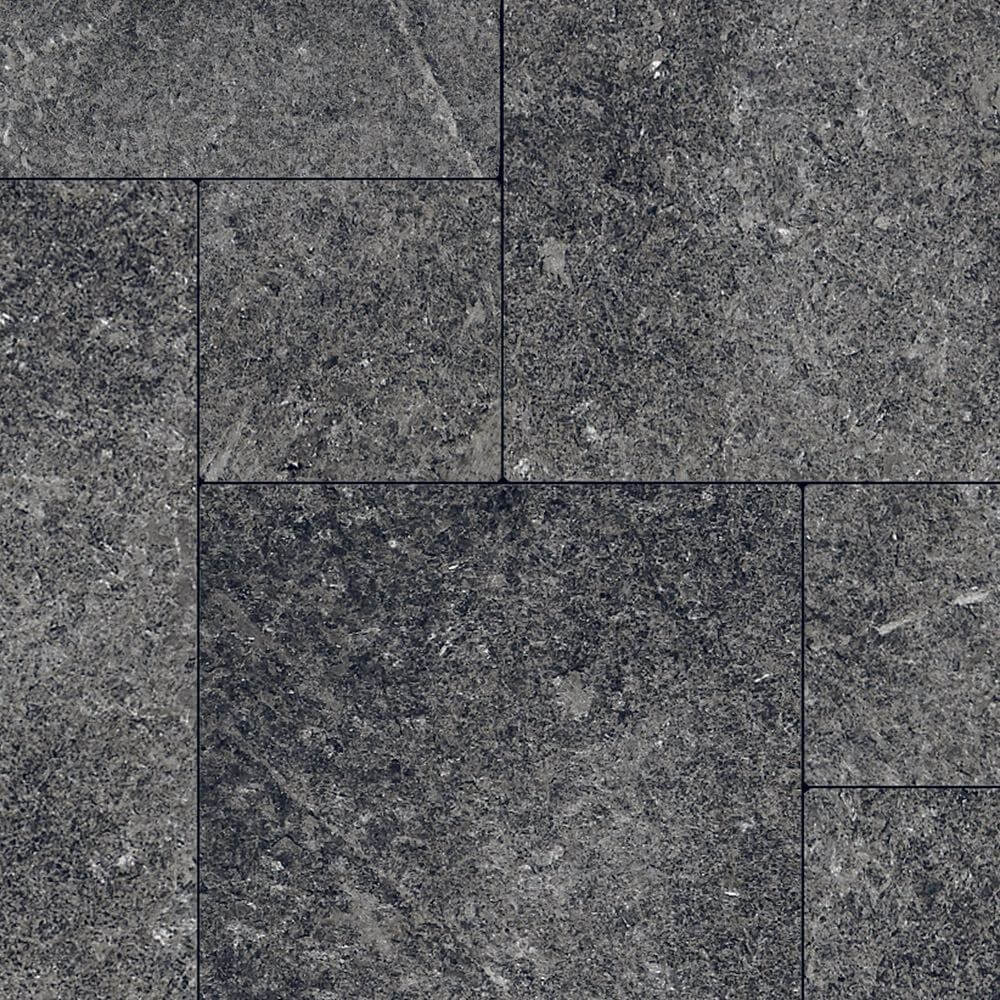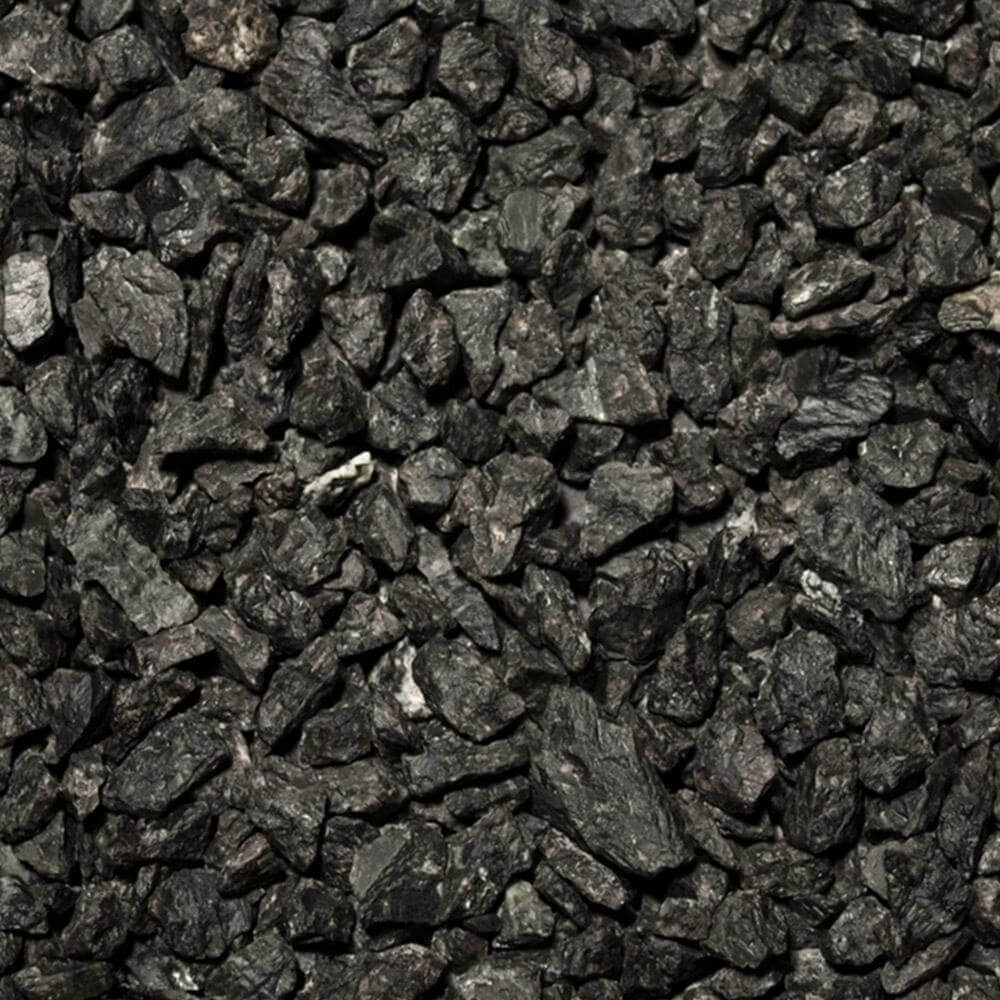While decomposed granite (DG) might not be on your radar right now, it’s a common material you might come across in a garden, a park, a baseball infield or on a walking trail through your community. Decomposed granite can be compacted to create a beautiful, natural surface while remaining firm and permeable, and stabilizing additives can be added to further enhance these valuable qualities. It’s in more places than you think, but after checking out this guide, you might have a few ideas of your own to add to the broad range of uses decomposed granite brings to the table.
What Is Decomposed Granite?
Granite is the most common igneous rock (rocks formed through the cooling and solidification of magma or lava) on Earth. It originally crystallizes below Earth’s surface, where its slow cooling allows large crystals to form. You may have seen granite take shape as some of America’s favorite sights like Yosemite Valley or a few guys on Mount Rushmore. Granite has also been mined and used for daily applications for thousands of years, from ancient hand tools to modern-day countertops.
Granite is made up of the following minerals:
- Feldspar: rock-forming mineral, most abundant mineral in Earth’s crust
- Quartz: second most abundant mineral in Earth’s crust
- Micas: silicate minerals
Decomposed granite is the completely natural derivative of granite. When granite erodes and endures weathering over time, it flakes and crumbles away from its parent source. This decomposed granite breaks into various sizes of particles and can be further crushed and screened to specific sizes for different project needs.
Where Can You Find Decomposed Granite?
Crushed decomposed granite is produced by more than 100 quarries throughout various regions around the United States. Because of the varying levels of chemical composition around the U.S. and Canada, quarries in different regions will produce DG of different colors. On Kafka Granite’s home turf, for example, vibrant reds, browns and golds are most prominent.
Mining Decomposed Granite
Decomposed granite is usually gathered from a quarry or, in Kafka Granite’s case, multiple quarries. Wisconsin, where Kafka is headquartered, is teeming with quarries created by glacial movement after the last Ice Age. Quarries may have different methods of acquiring the rock from the land, but decomposed granite is most commonly dug up like soil. Once excavated, granite is screened and graded by size.
Kafka Granite uses state-of-the-art crushing and screening technology, which allows for fine-tuned customization based on your needs. Decomposed granite formations are naturally fragile due to their weathering, making it easier to acquire than solid slabs of stone, as well as more economically and environmentally friendly to mine.
Crushed Granite
Kafka Granite also crushes natural stone to mimic the qualities of decomposed granite, giving customers the option of choosing from more than 40 different colors—a far wider range than most other suppliers. Our natural decomposed granite and crushed stone alternatives are crushed and screened to size and can be used interchangeably for decorative and practical applications.
What Is Decomposed Granite Used For?
Many would assume that granite and all of its derivatives are primarily used for countertops and architecture, but you may be surprised at the number of uses decomposed granite has.
Despite its name, decomposed granite is still very strong. In fact, it is harder than marble and its unique composition allows it to compact firmly for patios, ballparks, pathways and trail systems, driveways and landscaping. It can also be used for more high-traffic applications like roads while maintaining drainage characteristics not found in most other hardscape surfaces.
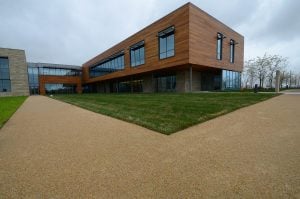
Kafka Granite is an industry leader in DG and offers both standard, stabilized, and polymeric wax decomposed granite mixtures. These innovative mixtures of granite, quartz, marble, and in some cases, recycled materials such as porcelain give each mixture its distinctive coloring characteristics. Thanks to the care taken in creating attainable, eco-friendly products, Kafka Granite has been able to assist many designers and architects receive LEED and SITES Certifications. Decomposed granite is a versatile and robust material that can be — and has been — used from the trails at Erin Hills Golf Course in Wisconsin to the Downtown East Commons at U.S. Bank Stadium in Minneapolis.
What is Stabilized Granite Aggregate?
Sometimes decomposed granite alone just isn’t right for your project. For pathways that need to be able to withstand heavier traffic, ballyards requiring the moisture-retaining properties of an organic binder to minimize dust and mud , or any other project that calls for increased durability and stability, Kafka offers stabilized and wax polymer decomposed granite pathway mixtures.
Crushed decomposed granite can be stabilized with natural binders — such as Organic-Lock — to create a durable surface that resists the erosive powers of weather or heavy traffic while maintaining a natural aesthetic. This means stabilized decomposed granite is an excellent alternative to obtrusive or less-natural looking asphalt or concrete pathways, driveways, etc. while still remaining permeable.

For the highest level of erosion resistance and durability, the Kafka Granite Wax Polymer Pathway mixtures are an optimal solution. This hearty mixture can withstand intense erosion and be laid on the steepest of hills, due to its completely sealed, impermeable surface. Wax Polymer Pathways retain a natural aesthetic and can be easily maintained and manicured over time, unlike traditional hardscape materials.
Where Can You Buy Decomposed Granite?
Depending on the size and scale of your project, we’ll be able to assist you with finding and purchasing your ideal decomposed granite mixture. We have dealer networks throughout the Midwest, and can provide direct quotes for large, architecturally specific projects.
The Price of Decomposed Granite
If you’re preparing to source materials for a project, you’ll be wondering how much decomposed granite actually costs. Decomposed granite is an excellent, cost-effective alternative to cement or concrete pathways and driveways, but the price of this material can vary greatly based on factors like size, color, market price, shipping, and whether or not the aggregate needs to be stabilized.
As you begin your search for the right material, hone in on the key features that you will need, such as color and the amount of traffic and weather the product will need to withstand. Ask yourself the following questions:
- How much area do I have to cover?
- Does it have to withstand vehicular traffic, or just foot traffic?
- What color of decomposed granite do I want?
- Should it be standard, stabilized, or wax polymer?
- What is the cost to ship it?
How Is the Quality of Decomposed Granite Products Maintained?
If you find yourself in need of decomposed granite or crushed granite, you’ll want to ensure that you’re getting the best possible product for your project. In order to reach our high standards, each of Kafka’s pathway products must meet certain specifications, the most important is gradation. A sieve analysis is used to guarantee that every shipment of product contains the right proportions of stone sizes to ensure the mixture is suitable for your needs.
If you choose a product that does not meet specifications or other quality standards, you run the risk of installing a low-quality product. Pathway mixes that don’t contain the proper gradation, for example, may wind up failing because they do not compact properly, or the binder doesn’t adhere to the stone properly. When in doubt, be sure that your decomposed granite provider can provide an extensive overview of a product’s specifications, including sieve analysis, ADA compliance report (if applicable), and installation and maintenance instructions.
How Can Decomposed Granite Contribute to Sustainable Efforts?
There are several ways in which decomposed granite can contribute to Leadership in Energy & Environmental Design (LEED) certification. By earning more points to be LEED certified, your project can reach higher levels of sustainability. Striving to build a green, eco-friendly project will benefit the environment for years to come.
LEED certification points can be acquired through using decomposed granite in the following ways:
- Compacted decomposed granite is a permeable material. Permeable surfaces lend themselves to aiding the soil and returning water to the water table. Permeable surfaces are also beneficial in that they won’t collect water and develop standing pools, which could lead to pests or other detrimental side effects.
- Depending on where the granite comes from for your specific project, using a locally produced decomposed granite could earn you regional priority LEED certification points.
- Since decomposed granite is a natural product, as well as organic stabilizers which can be used in conjunction with decomposed granite, LEED points can be earned for using this naturally occurring and abundant material.
- Since Kafka has the ability to crush recycled materials for use as decomposed granite, using Recycled Porcelain or Recycled Copper Slag, the recycled content can contribute to achieving LEED certification.
DG Products From Kafka Granite
When you get in touch directly with Kafka, you’ll be able to speak with one of our natural stone pros who can help you determine exactly what you need for your specific project. You can also request samples and ask questions before making a final decision. Who knows? You might discover that a stabilized decomposed granite or wax polymer pathway material better suits your needs, or one of our many colors of aggregates might catch your eye and take your project in an entirely new direction. The sky is truly the limit with DG and other natural stone materials, and we look forward to helping you explore the possibilities.
